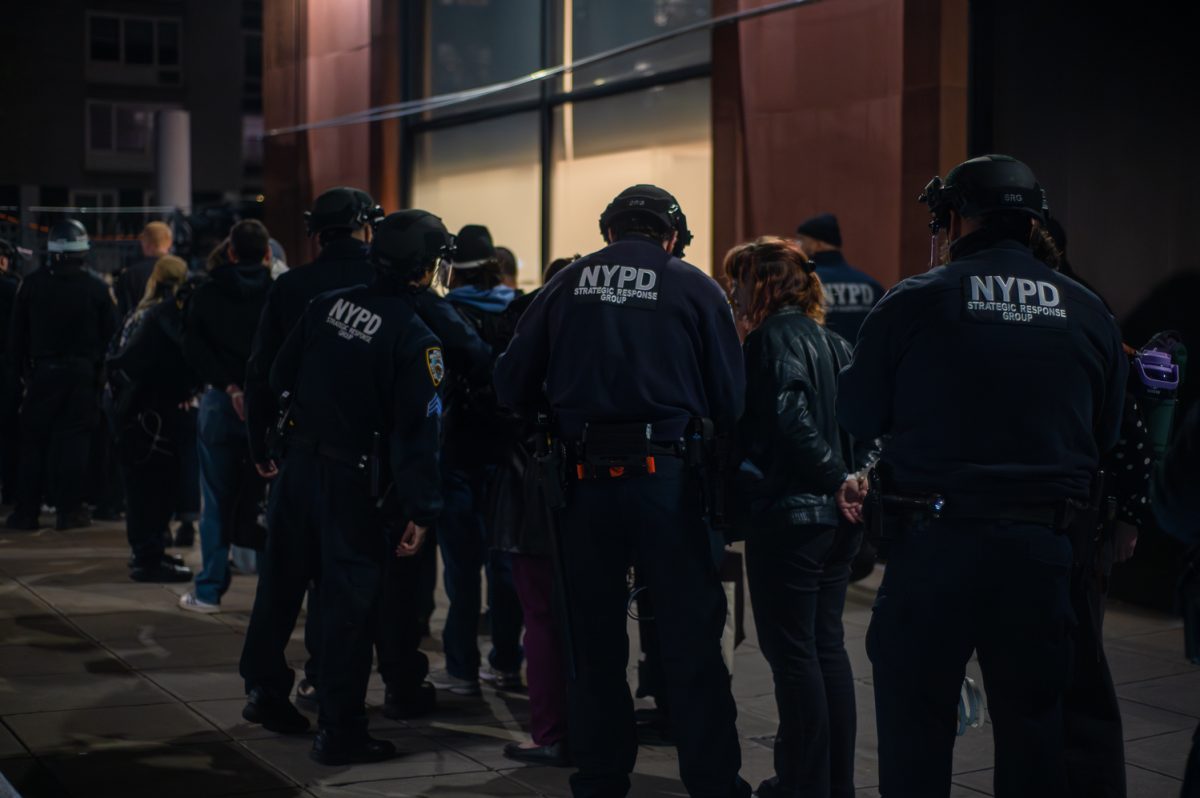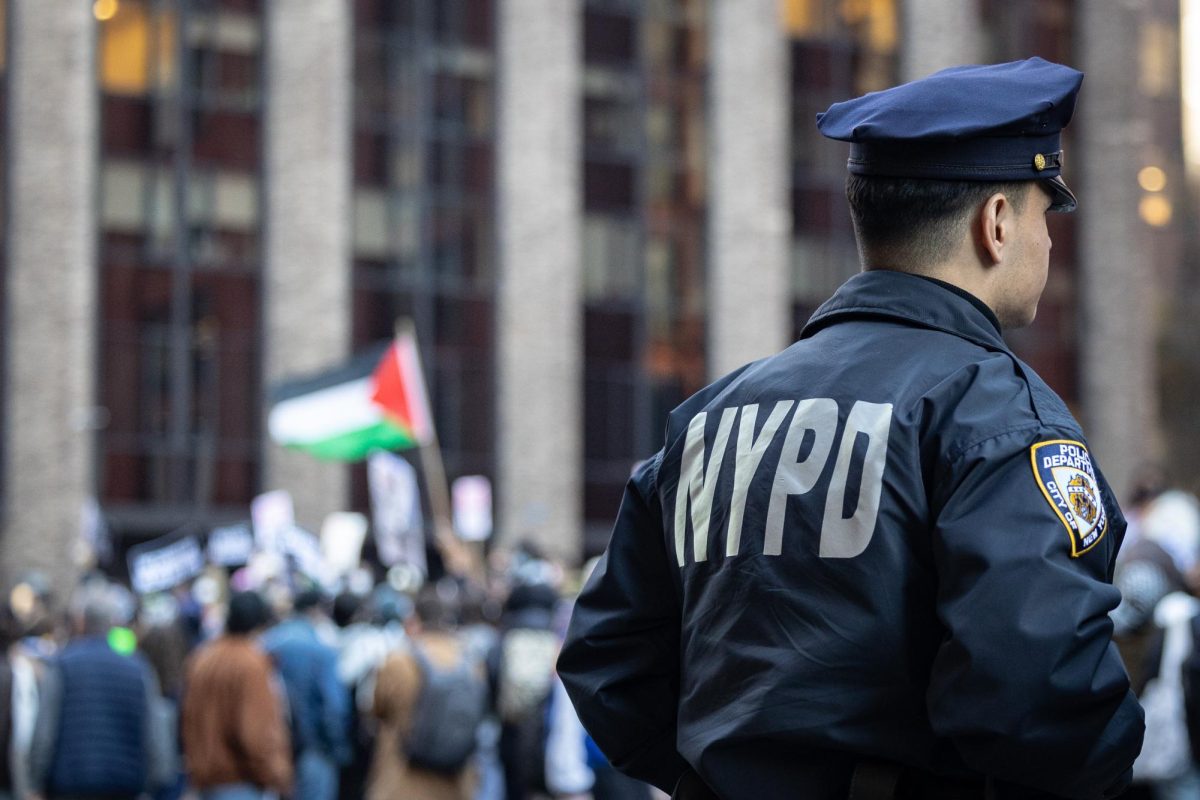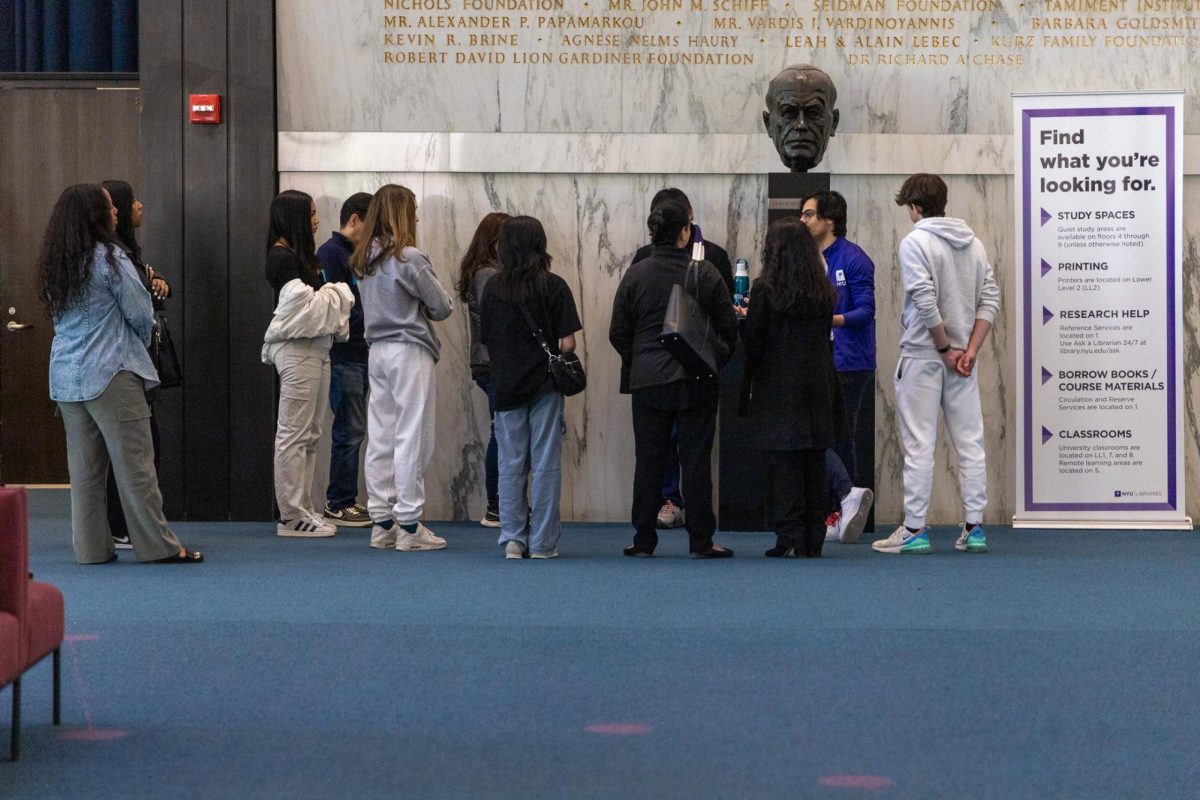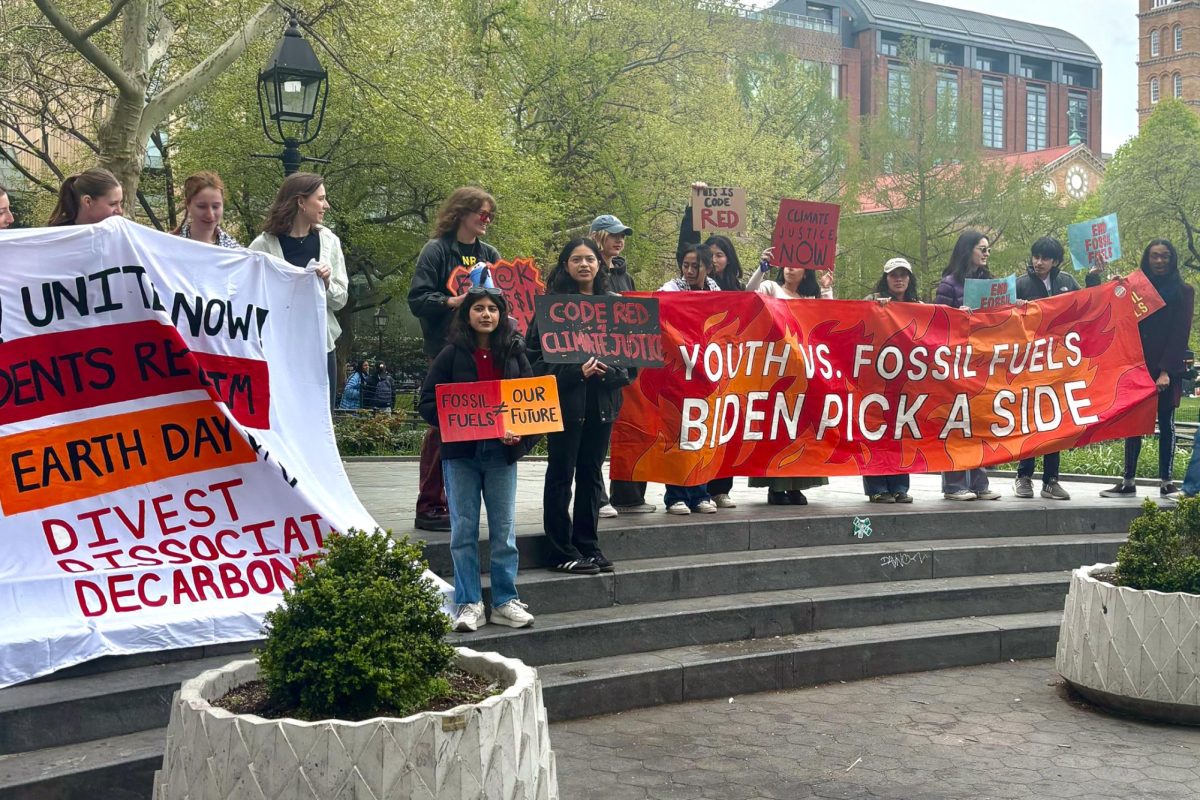Excessive gunman coverage fuels murder
January 27, 2014
Recent developments involving the communications of the Sandy Hook Elementary School shooter have surfaced, reviving the debate on how much press should be afforded to the perpetrators of heinous crimes. On Dec. 14, 2012, a deranged gunman rampaged through the Newtown, Conn., school, senselessly murdering 20 children and six educators. While most of the media coverage surrounding Newtown has been appropriately aimed, some stories have adopted a dangerous focus — the inner workings of the killer. The Daily News obtained an audiotape of a call the shooter made to a radio station one year before the massacre, which several media outlets have made available for public listening.
This is not the first instance where the media’s focus has been excessively directed toward the gunman. Sightings of his former psychiatrist, extended analyses of his medical treatment and profiles on his mother — whom he killed before entering Sandy Hook Elementary School — were all published within the past month. Although in-depth examinations of mass murderers are necessary for law enforcement to help prevent future tragedies, broadcasting such intricate details might feed a vicious cycle. The public should certainly be entitled to information that promotes safety and awareness. Still, there remains a stark difference between releasing sufficient facts for communal protection and releasing superfluous elements that could inspire another madman.
Both state-sanctioned and independent sources have revealed that the Sandy Hook killer made use of media to fuel his homicidal urges. An investigative report on the Sandy Hook shootings noted that the gunman collected murder memorabilia, including a February 2008 article about the Northern Illinois University shooting and photocopied newspaper articles from 1891 about the shooting of schoolchildren. The report also found that the gunman possessed a large amount of material pertaining to the April 1999 Columbine shootings, as well as documents on other mass murders. Furthermore, he exchanged e-mails and posted about these shootings, particularly Columbine, on Internet blogs.
Although interest in such stories could largely be derived from morbid curiosity, the press may also be fanning the flames of troubled minds. Constantly publishing shooters’ pictures, psychoanalyzing their motives and turning their communications into news only magnifies their presence. It can convey the message that acting on these destructive, blaze-of-glory thoughts will be incentivized with infamy, as may have been the case of the Sandy Hook killer. Rather than giving mass murderers excessive attention, the media should shift the focus of its reporting. There are only three reasons why the media should consider these perpetrators — to remember the victims, to evaluate the mental health care system and to devise preventative solutions. Any other consideration risks rewarding cowardice, violent behavior and the inability to confront personal demons with instant fame.
A version of this article appeared in the Monday, Jan. 27 print edition. Christina Coleburn is a deputy opinion editor. Email her at [email protected].
















































































































































